A temple shaped by 40 years of saintly sacrifice, blending modern design with stories of faith and heritage.
Ready for a quick tour of the Salt Lake City Temple? It’s not just a stunning building; it’s a historical and spiritual icon right in the city’s heart. Think majestic, castle-like vibes with a modern soulful twist.
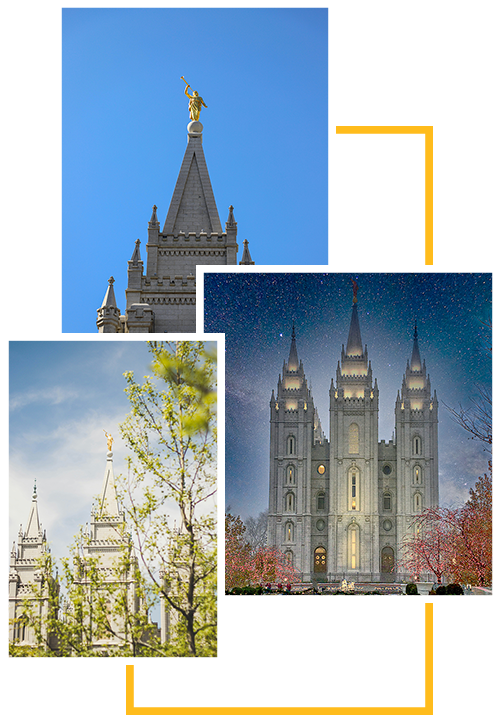

Closed for renovation
Respectful, modest attire is appreciated.
Winter, spring, and fall. In December one can enjoy the Christmas lights display.
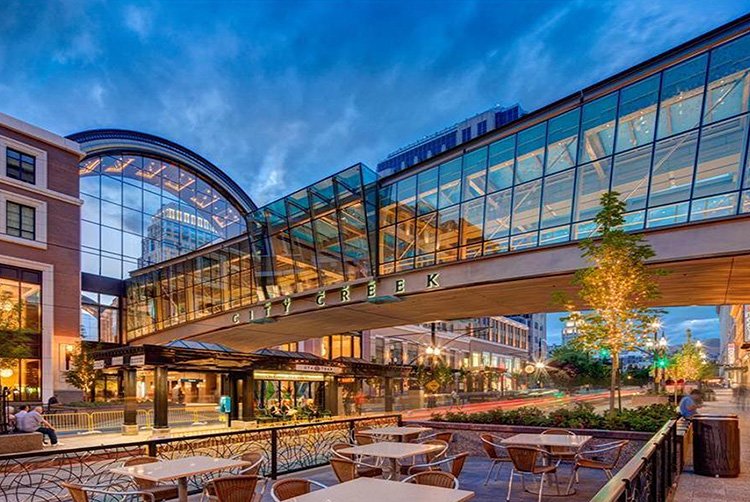
An open-air shopping paradise, blending retail luxury with natural beauty, right next to the temple.
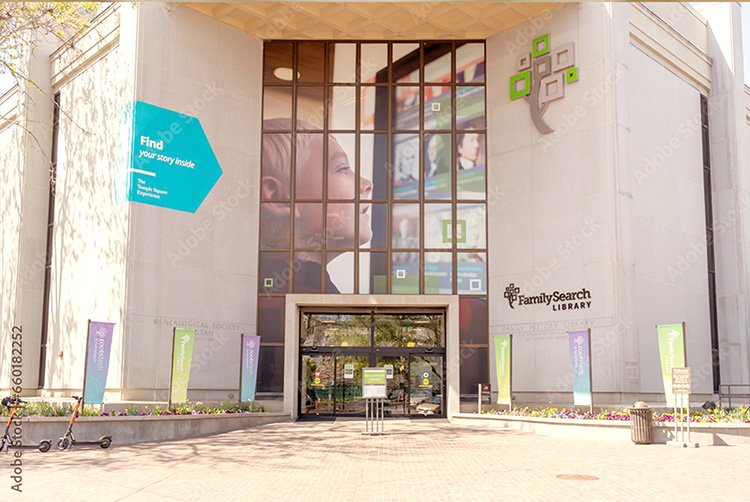
Uncover your ancestry in one of the world’s largest genealogical libraries, adjacent to the temple.

Trolley Square offers a quirky and eclectic shopping experience, housed within a historic trolley car barn.
An estimated 3-5 million people visit each year.
210 Feet Tall
40 Years To Build

Walls Are 3-6 Feet Thick
Home to the world's largest genealogical library
Temple Square is at the center of the city



In April 1893, at the Salt Lake Temple dedication, Emma Bennett gave birth, turning a sacred event into a celebration of life.
Elder James E. Talmage viewed this not as a desecration but as a divine moment, highlighting the Latter-day Saints’ reverence for life’s sacred beginnings within holy spaces.
The newborn, named Joseph Temple Bennett, became a symbol of the intertwining of faith and life’s most joyous moments.
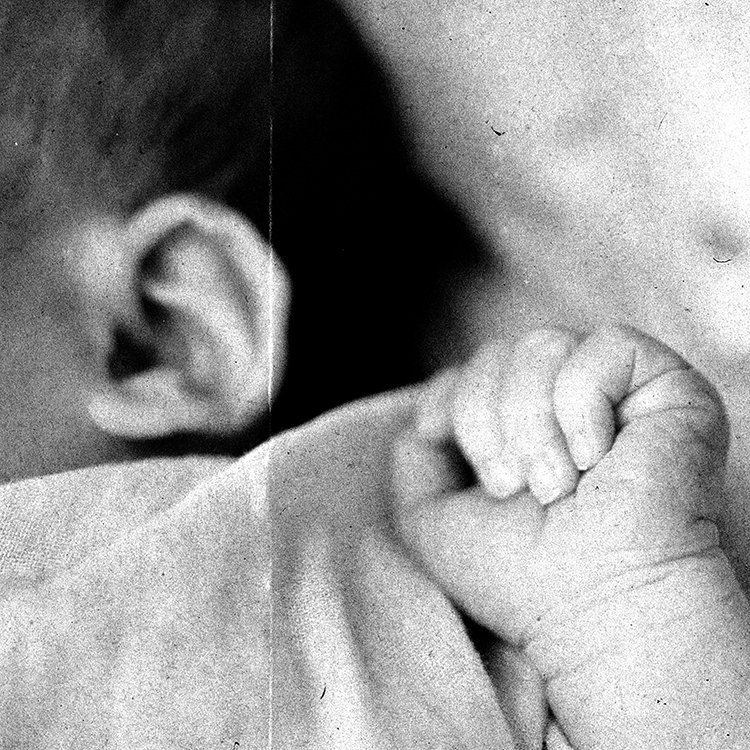
In 1911, the Church faced a blackmail threat over unauthorized Salt Lake Temple photos taken during renovations.
Rejecting negotiations with the blackmailers, President Joseph F. Smith stood firm.
Elder James E. Talmage suggested a proactive approach: publishing official temple photos with explanations in a book, “The House of the Lord.”
This move not only countered the blackmail but also provided valuable insights into temple significance, turning a potential crisis into an opportunity for transparency and education.

To protect it from a U.S. Army contingent, the Salt Lake Temple’s foundation was concealed to look like a plowed field, reflecting the Church’s mistrust towards a government that had previously failed to safeguard them.
This precaution led to cracked stones when uncovered.
Brigham Young’s resolve for durability saw this foundation replaced with robust granite, extending foundation work to 14 years and not reaching ground level until 1867.
Young’s insistence on a solid foundation over rapid completion meant he never witnessed the temple’s completion, embodying his commitment to seeing the temple “built in a manner that will endure through the Millennium.”
The temple was dedicated 16 years after his death, a lasting symbol of prioritizing enduring integrity.
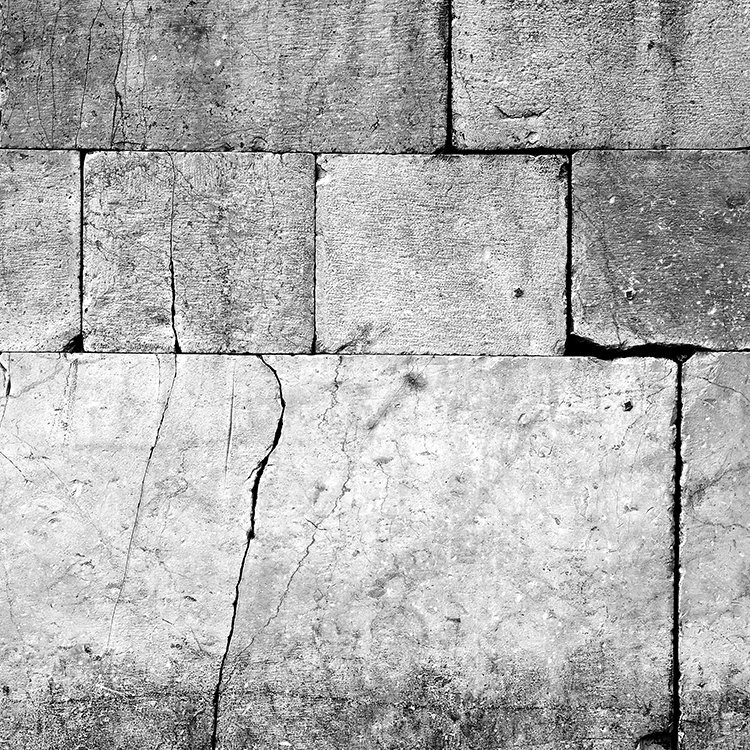
Like many Christians Latter-day Saints believe that in order to open the gates of Heaven you need to be baptized.
However, they take a unique approach to all of the children of God who never got a chance to hear about Jesus Christ in their earthly life.
They believe an all knowing God has set time aside in the afterlife to teach the Gospel of Christ, and in a partnership with Saints on Earth who offer proxy baptisms to those who have passed on.

The temple endowment in The Church of Jesus Christ of Latter-day Saints is a profound spiritual ceremony, granting members insight into divine purposes and the capacity to act on God’s will.
It unfolds in two phases: initiatory rites that signify purity and dedication, followed by teachings on God’s plan for his children, reinforcing commitments to live by principles of obedience, sacrifice, gospel fidelity, chastity, and full devotion to the Church.
Adherence to these covenants, marked by the temple garment, is believed to offer spiritual safeguarding and direction.
This rite is crucial for empowering members with blessings now and forever, based on their faithfulness.
Additionally, members trust that these sacred practices enhance their ability to receive revelation, communicate with the divine, be assisted by angels, and foster a personal relationship with Jesus Christ and Heavenly Father.

"The family is ordained of God. Marriage between man and woman is essential to His eternal plan” (“The Family: A Proclamation to the World”).
A temple sealing joins a husband and wife together for time and all eternity.
Couples who are sealed in the temple are promised glory and joy throughout eternity (see Doctrine and Covenants 132:19–20).
They will receive these blessings if they are faithful to the covenants they make in the temple.
Through this ordinance, their children may also be part of their eternal family.

The Big Dipper constellation, prominently featured on the Salt Lake City Temple’s exterior, serves as more than an artistic element; it is a profound symbol of guidance and direction.
This celestial pattern, a reliable guide in the Northern Hemisphere for locating Polaris, the North Star, has historically aided travelers in navigation.
Reflecting this practical utility, the temple’s depiction of the Big Dipper, as articulated by architect Truman O. Angell, is a metaphorical reminder that through the priesthood, individuals can find their way back to God.
Unlike traditional representations, the temple’s Big Dipper doesn’t include Polaris but is oriented towards the actual North Star in the sky, symbolizing an eternal, unchanging point that guides one’s spiritual journey towards the divine center, where earthly time loses its hold.

The clasped hands symbol beneath the all-seeing eye on the Salt Lake Temple’s exterior is a profound emblem to Latter-day Saints, signifying unity and the exchange of divine wisdom.
This temple, rich with symbols, is described by Russell M. Nelson as a unique house of learning, where ancient and symbolic methods teach spiritual truths.
Each symbol, from the architecture to the decorations, represents deeper spiritual meanings, offering members a distinctive way to ponder and understand the gospel’s realities, far beyond the surface aesthetics.

Perched atop the Salt Lake City Temple, is a remarkable creation by Cyrus Dallin.
Although not a member of the Latter-day Saint faith, Dallin’s parents once were.
Known primarily for his Native American sculptures, Dallin considered his Angel Moroni work a spiritual zenith.
He stated it brought him closer to the divine than any other work, enabling him to “commune with angels from heaven.”
The original statue crafted by Dallin stands 12 feet five inches tall and weighs several thousand pounds.
It includes a 4,000-pound counterweight for stability in extreme weather.
Featuring a distinctive design with a cape, bare arms, and a cap set upon a granite sphere, this version, one of up to eight, remains the crowning piece of the Salt Lake City Temple.
It symbolizes Dallin’s artistic genius and profound spiritual connection.
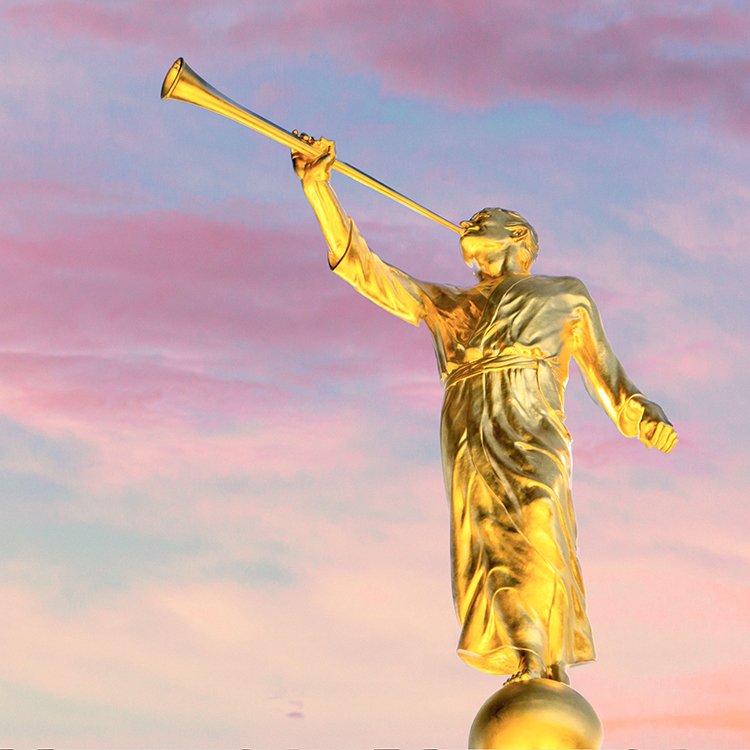
The Moon stones on the Salt Lake City Temple, positioned above the promenade, artistically depict the lunar cycle, based on 1878’s moon phases as per architect Truman O. Angell’s designs.
These stones allow visitors to trace the moon’s full cycle in a clockwise direction around the temple, symbolizing not just the celestial body but potentially deeper meanings.
Some interpret these moon phases as symbolic of the Terrestrial Kingdom, a concept from Latter-day Saint doctrine representing a middle tier in the afterlife where honorable individuals reside.
This interpretation aligns with the Church’s belief in a tiered afterlife, emphasizing God’s justice and mercy.
Additionally, the varying phases might also illustrate the human journey from birth through life’s challenges towards enlightenment and eventual return to the divine, reflecting the cyclical nature of mortal existence and spiritual progression.

The distinctive spires of the Salt Lake City Temple, a striking shift from the single-spired Kirtland and Nauvoo temples, embody a deeper doctrinal significance.
These multi-tiered towers, positioned at opposite ends of the temple, symbolize the Church’s two priesthoods: the Melchizedek and Aaronic, along with their respective presiding officers.
This architectural choice echoes a previous part of the Kirtland Temple’s interior design, where main meeting rooms featured tiered pulpits for each priesthood.
Brigham Young’s inspired design innovation was to externalize this symbolism through the Salt Lake Temple’s three-level towers, making the internal order and hierarchy of the priesthoods visible to all, reflecting a profound intertwining of design and doctrine.

In 1892, 10,000 onlookers celebrated the Salt Lake Temple’s capstone placement, containing a time capsule.
In 2020, a small group, including the First Presidency, quietly reopened it during seismic upgrades.
Despite elemental exposure over 128 years, about 400 coins were salvaged, though books and photos were damaged.
President Nelson emphasized the tribute to the temple’s pioneering builders.
Additionally, a record stone from Red Butte Canyon, with a cavity for historical documents, is located at the temple’s southeast base, further preserving its legacy, marking the historic building with two time capsules for the future.

Brigham Young, the second president of The Church of Jesus Christ of Latter-day Saints, declares the temple site just days after arriving in the Salt Lake Valley.

The groundbreaking ceremony for the Salt Lake Temple is held, marking the official start of construction.

The groundbreaking ceremony for the Salt Lake Temple is held, marking the official start of construction.

The cornerstone laying ceremony takes place, officiated by Brigham Young, symbolizing the commencement of actual construction work.

The construction faces numerous challenges, including resource scarcity, financial difficulties, and the need for craftsmen and laborers to divert efforts to other community-building activities.

The construction faces numerous challenges, including resource scarcity, financial difficulties, and the need for craftsmen and laborers to divert efforts to other community-building activities.

Significant progress is made with advancements in technology and transportation, including the completion of the transcontinental railroad, which facilitated the import of materials.

The temple’s exterior nears completion, showcasing its Gothic and Romanesque architectural elements, including the iconic spires.

The temple’s exterior nears completion, showcasing its Gothic and Romanesque architectural elements, including the iconic spires.

The capstone ceremony is held, attended by thousands, marking the placement of the final stone atop the temple.
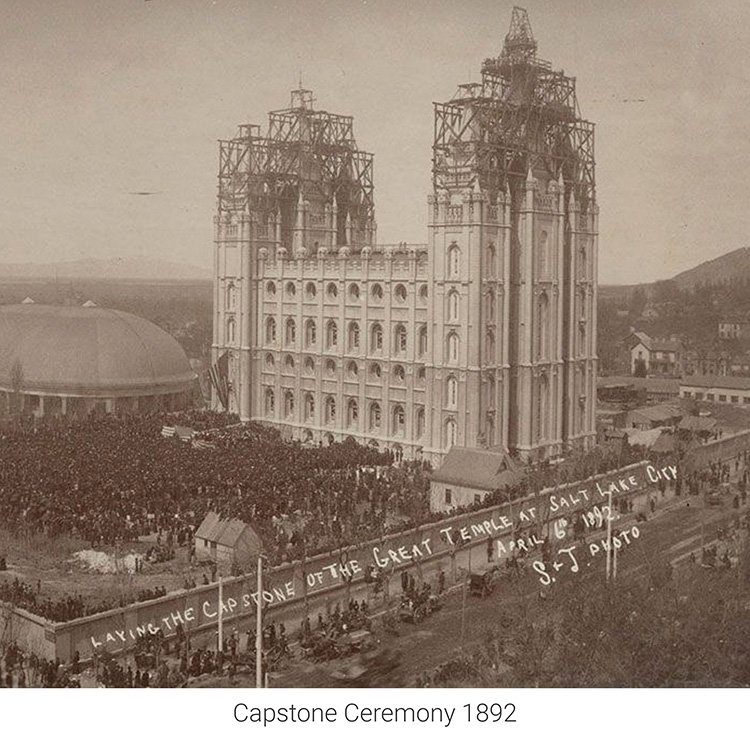
The Salt Lake Temple is dedicated by Wilford Woodruff, the fourth president of the Church, 40 years after construction began.

The Salt Lake Temple is dedicated by Wilford Woodruff, the fourth president of the Church, 40 years after construction began.

The temple becomes a central figure in the Church’s religious practices and a symbol of the faith’s perseverance and dedication.

The seagull monument, commemorating the Miracle of the Gulls, is erected on Temple Square, symbolizing faith and perseverance.

The seagull monument, commemorating the Miracle of the Gulls, is erected on Temple Square, symbolizing faith and perseverance.

The temple grounds evolve, including the addition of the Temple Square gardens, enhancing the area’s beauty and tranquility.
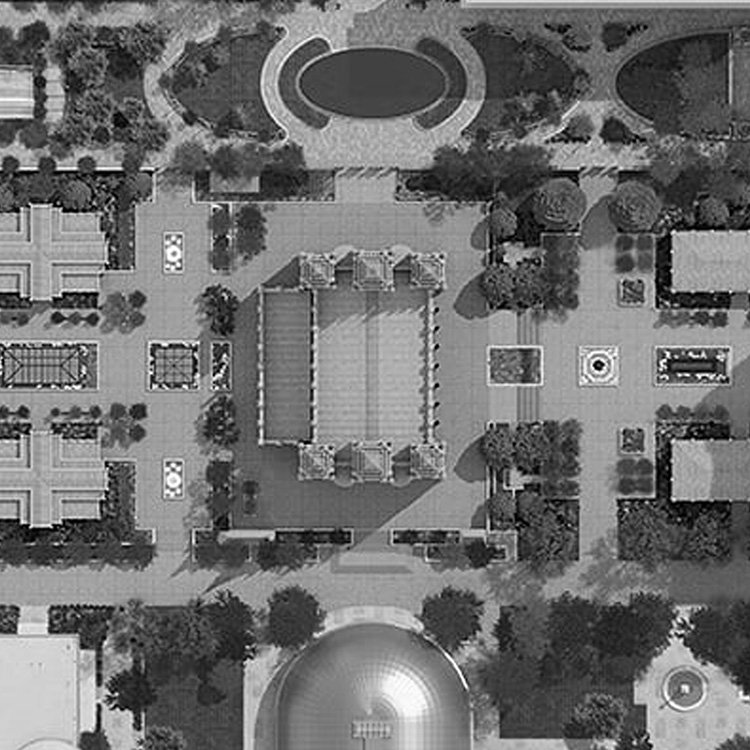
The temple undergoes significant interior renovations to accommodate modern needs while preserving historical aspects.
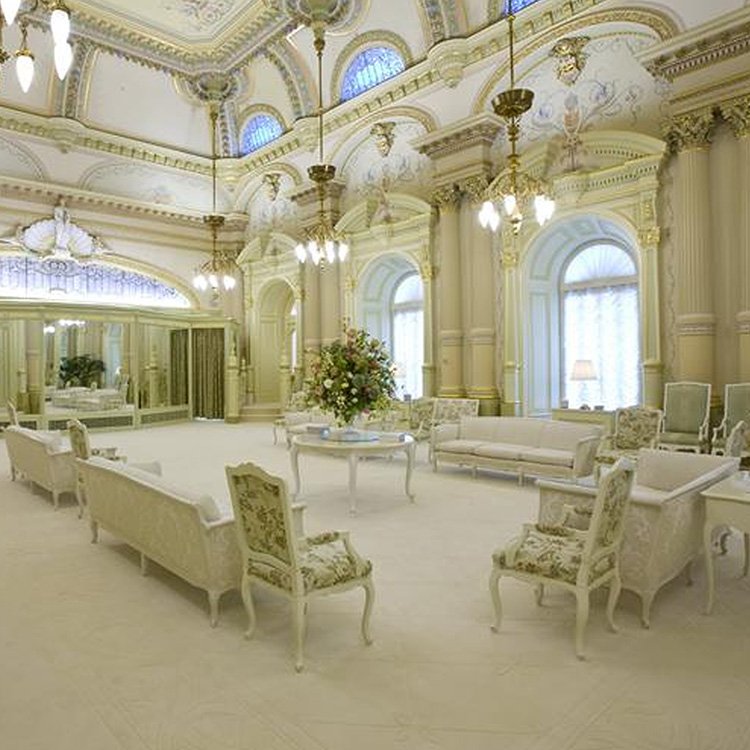
The temple undergoes significant interior renovations to accommodate modern needs while preserving historical aspects.

The Church History Museum opens nearby, providing context and artifacts related to the temple and the Church’s history.
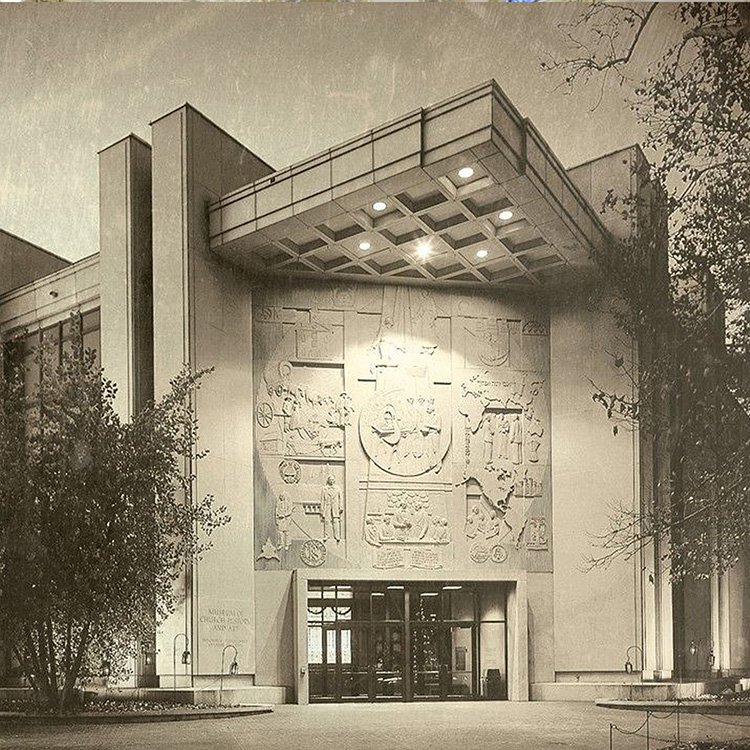
The temple continues to serve as a place of worship, spiritual significance, and a historical landmark, with millions visiting Temple Square annually.

The temple continues to serve as a place of worship, spiritual significance, and a historical landmark, with millions visiting Temple Square annually.

The Salt Lake Temple undergoes a major renovation to strengthen its foundation, update facilities, and enhance visitor experiences, with a focus on preserving historical integrity.


The inception of the Salt Lake City Temple resonated with melodies of hope and unity. On a day marked by humble beginnings, a small congregation gathered on a simple expanse, turning the earth to lay the foundation for a sacred edifice. As the soil was turned, the strains of “Auld Lang Syne” filled the air, symbolizing the dawn of a new era under divine auspice.
After 40 years of construction, the dedication of the temple unfolded as a spiritual zenith for the faithful. The temple’s dedication was steeped in profound spirituality, beginning with a dedicatory prayer that reached beyond the temple’s walls, seeking divine favor for all humanity and the Earth. President Woodruff’s invocation was a heartfelt plea for guidance and blessing, setting a reverent tone for the ceremonies to follow.
The spiritual crescendo of the dedication was marked by the Hosanna Shout, a jubilant expression of faith and joy, led by President Snow. This ancient shout, coupled with the “Hosanna Anthem” composed by Evan Stephens, drew inspiration from Jesus Christ’s triumphal entry into Jerusalem, creating a moment of unparalleled spiritual communion. As the choir’s voices soared with the anthem, the congregation’s voices blended in during “The Spirit of God,” creating a tapestry of worship that enveloped the attendees in a shared divine experience.
Over three weeks, thirty-one sessions welcomed about 2,250 souls each into the large upper assembly room, all participating in the sacred rites of dedication. This period was not just a series of rituals but a profound communal journey, binding the attendees in a shared spiritual odyssey marked by song, prayer, and the pursuit of divine grace.
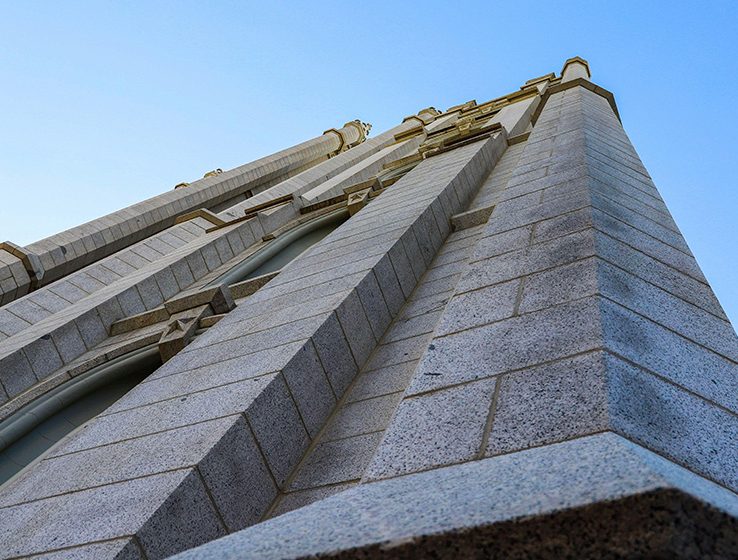
Initially designed to be built with adobe (sand stone)—a material that necessitates thicker walls for structural integrity—the temple’s walls retained their considerable width even after a pivotal shift to granite construction. This design choice, shrouded in mystery, has contributed to the temple’s enduring strength and iconic silhouette.
The granite, sourced from the rugged terrain of the Wasatch Mountains, was not quarried in the traditional sense but rather gathered from naturally fallen stones. This method highlights the colossal effort and sacrifice of the pioneers, who, despite their modest means and “ragtag” appearance, embarked on this monumental engineering feat. The granite walls of the Salt Lake Temple not only symbolize the physical durability of the structure but also echo the deep commitment of these early Saints to their divine mission, creating an edifice that commands both reverence and curiosity to this day.

In line with the tradition of The Church of Jesus Christ of Latter-day Saints, the Salt Lake City Temple’s dedication ceremony in 1893 was a monumental event. To accommodate the overwhelming desire of members to participate, leaders orchestrated an extraordinary schedule: thirty-one sessions spread over twenty days, with gatherings held twice daily. This approach not only underscored the temple’s spiritual significance but also fostered a profound sense of community and belonging, allowing an unprecedented number of attendees to witness and be part of this sacred occasion.

In the late 19th century, the Salt Lake City Temple’s interior was adorned with exquisite murals thanks to the “French Art Mission.” Sponsored by the Church, artists John Hafen, J.B. Fairbanks, Lorus Pratt, and Edwin Evans honed their skills at Paris’s Académie Julian to beautify the temple upon their return.
Hafen, notably called “Utah’s greatest artist,” along with his peers, applied their Parisian-trained artistry to create significant murals in the temple’s garden and world rooms, leaving a lasting legacy on the Salt Lake City Temple’s aesthetic and cultural heritage.
Over time, these murals faced challenges due to their application on lath and plaster walls, which underwent multiple repairs and repainting’s because of water damage and other forms of deterioration. This made it uncertain whether the murals could be preserved during necessary structural changes.
Despite these challenges, meticulous efforts were made to photograph and document the murals before removal, ensuring their historical significance is retained in the Church’s archives.

Ceremonies like baptisms for the dead, eternal marriages, and the endowment might sound like they’re from another world but they are deeply rooted in the faith’s commitment to eternal progression and unity.
The idea that love, family ties, and personal growth can transcend the bounds of mortality is a captivating narrative that this temple embodies.
It’s a testament to the believers’ devotion, offering a glimpse into a worldview where every ordinance is a step towards an eternal path of existence.
The Salt Lake City Temple stands not just as a physical sanctuary but as a symbol of infinite possibilities and enduring promises in the journey of faith.

The Salt Lake Temple is rumored to have had shafts for elevators and spaces for electric conduits and heating ducts planned before these technologies were widely known.
However, Truman O. Angell Sr., the temple’s architect, was likely familiar with elevators from his 1856 trip to Europe, and electricity was used in Utah by the early 1860s for the Deseret Telegraph system. Most of the temple’s interior was designed and built after these technologies became available.
While the west center tower was a convenient spot for the main elevators, there’s no evidence that their shafts were planned without knowledge of this technology.
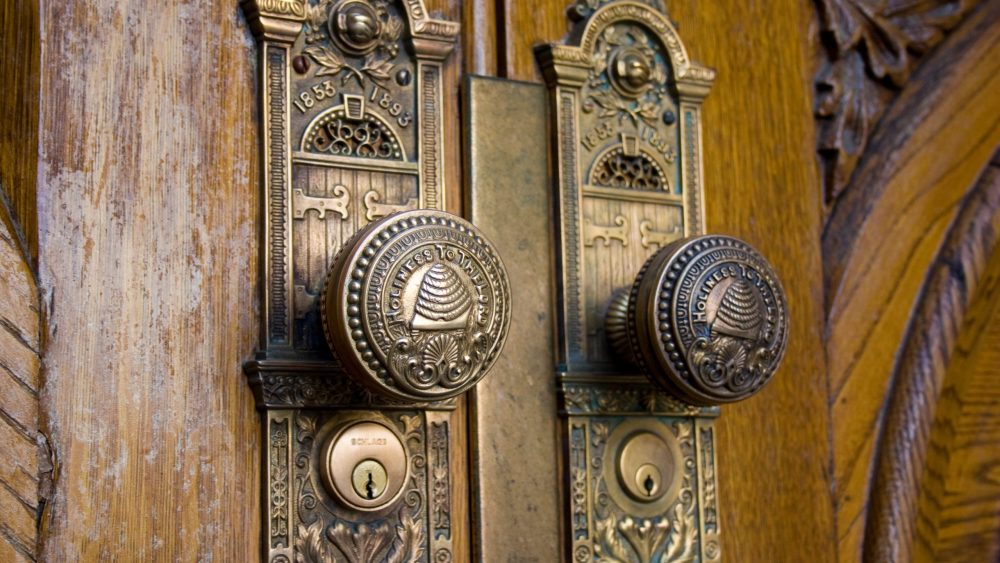
During the tumultuous final years of the Salt Lake Temple’s construction in the early 1890s, the Latter-day Saints faced significant challenges, including federal government raids and the threat of losing temples and property due to the Edmunds Tucker Act.
This period also saw the end of the “people’s party” and the emergence of the Democratic and Republican parties, causing ideological and political divisions among the Saints.
The resulting confusion and disunity raised concerns about their worthiness to dedicate the temple. To address these concerns and seek forgiveness towards one another, a Church-wide fast was held before the temple’s dedication.
This act of collective repentance helped focus the dedicatory prayers on themes of unity and forgiveness, signifying the Lord’s acceptance of their sacrifices during the dedication on April 6, 1893.
Contact Us
Copyright © 2025 Temples.org. All rights reserved.